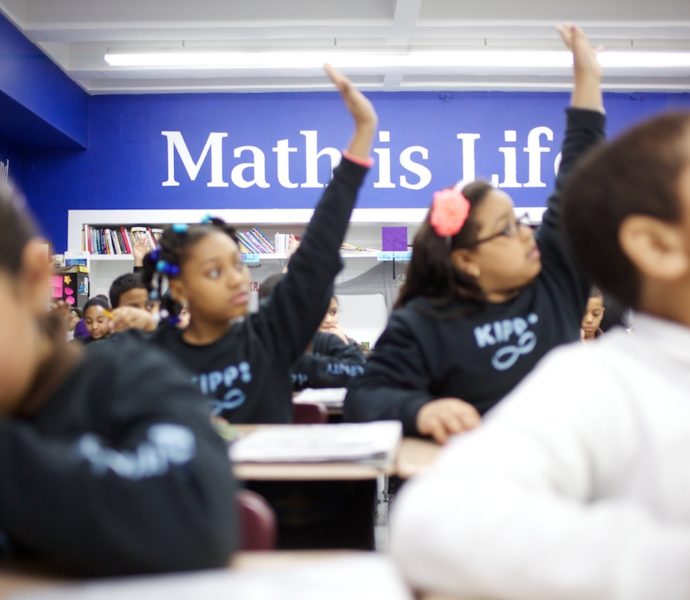Why Some of the Country’s Best Urban Schools Are Facing a Reckoning
ByEliza Shapiro
When the charter school movement first burst on to the scene, its founders pledged to transform big urban school districts by offering low-income and minority families something they believed was missing: safe, orderly schools with rigorous academics.
But now, several decades later, as the movement has expanded, questions about whether its leaders were fulfilling their original promise to educate vulnerable children better than neighborhood public schools have mounted.
When Richard Buery took over last year as the head of policy at KIPP, the nation’s largest charter network, he began to ask the same questions.
He was used to challenging charter schools after years as a top deputy to Mayor Bill de Blasio, who is skeptical of the schools.
Mr. Buery, who is black and grew up in East New York, Brooklyn, noticed that black and Hispanic students in KIPP schools were sometimes being disciplined too harshly by their white teachers. The network’s high schools had impressive academic results and graduation rates, but their students then struggled in college. And KIPP executives’ relationships with elected officials were fraying.
In response, Mr. Buery adopted an unusual strategy: He publicly declared that some of the criticism of KIPP — and the charter movement in general — was merited, and announced that KIPP needed to change for it to continue to thrive.
Mr. Buery is part of a growing number of charter school executives to acknowledge shortcomings in their schools — partly in an effort to recast their tarnished image and to counteract a growing backlash that threatens the schools’ ability to influence American public education
To read the rest of the story go to the New York Times.
